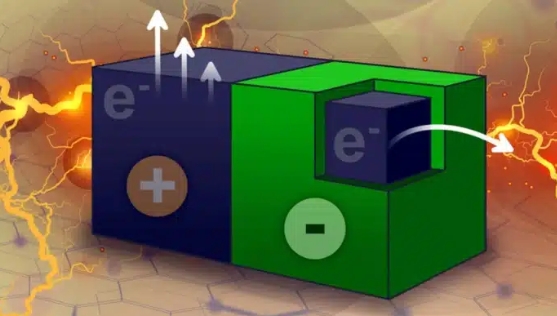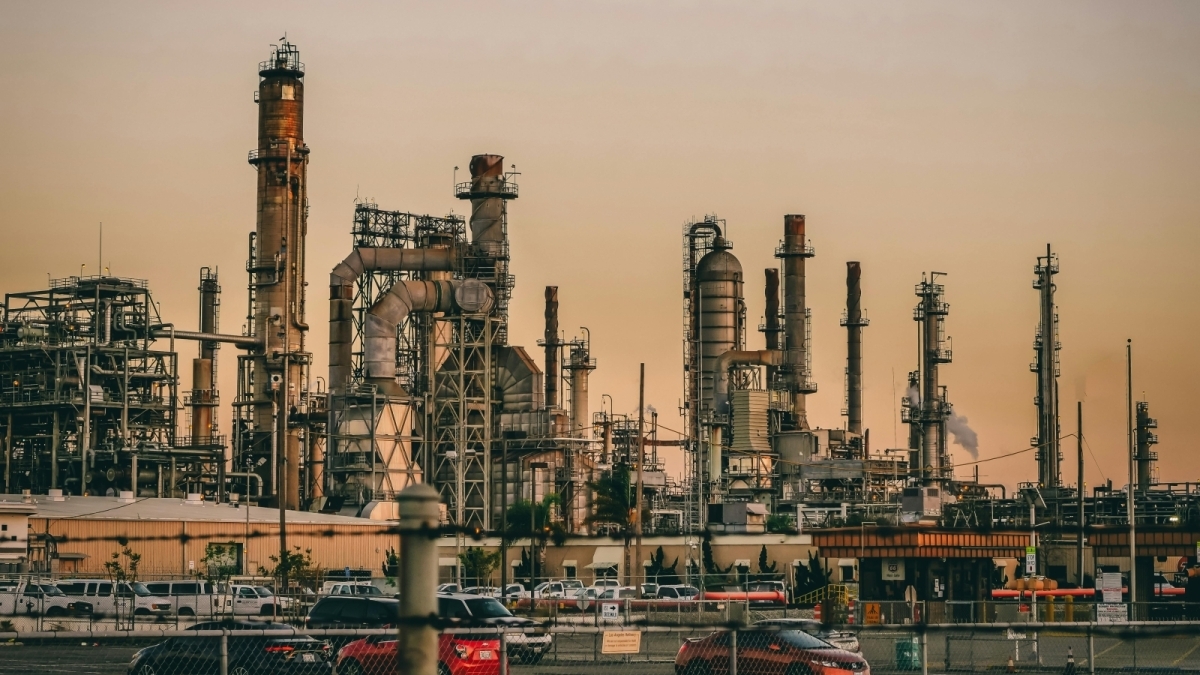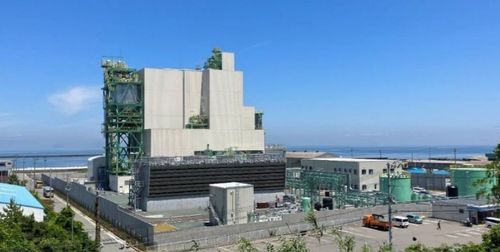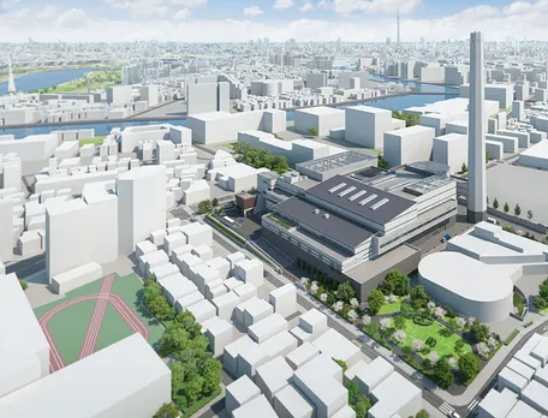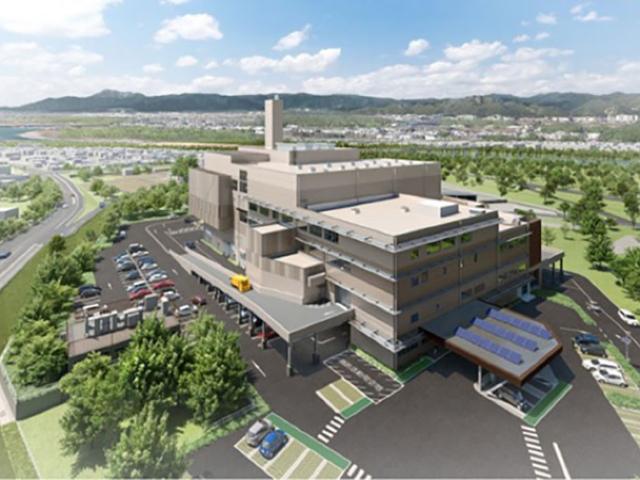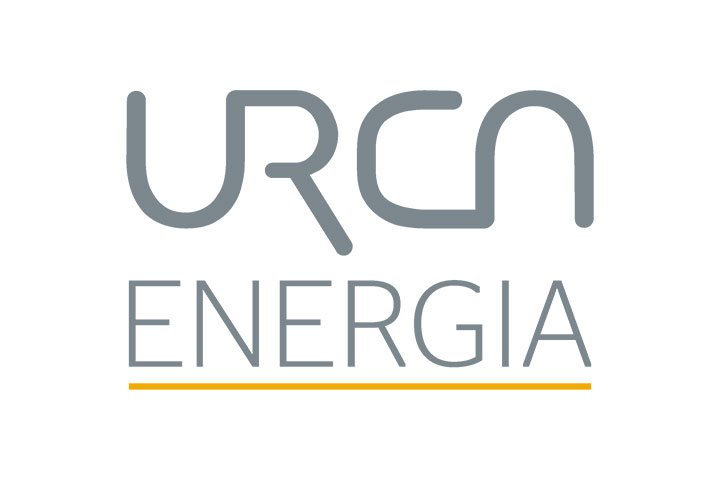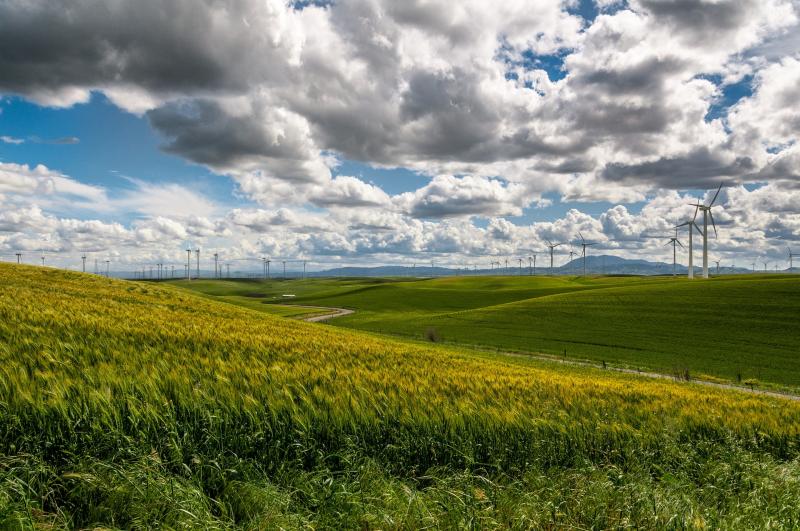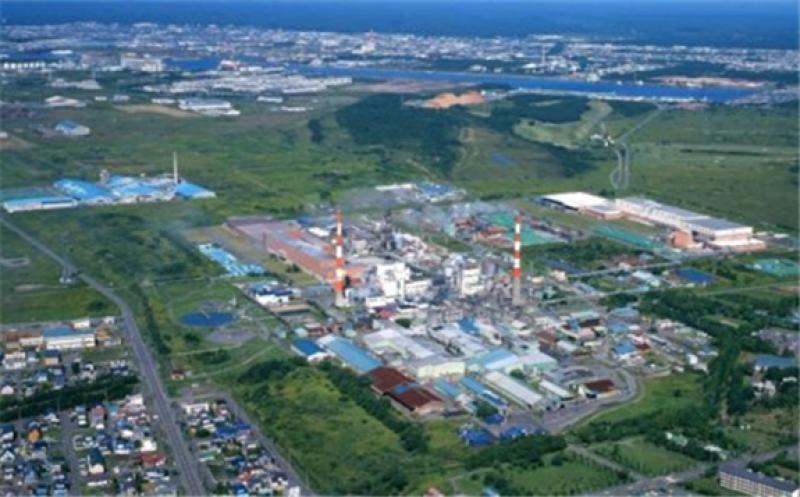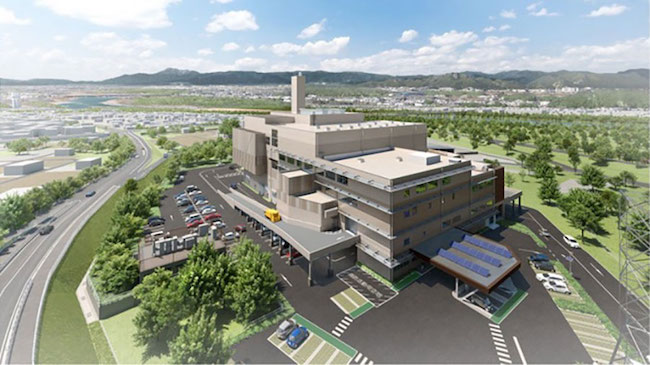
The new facility will employ state-of-the-art technology for municipal waste processing. Besides two stoker-type incinerators each having a processing capacity of 97 tpd, the plant contributes to lighter environmental footprint by reducing CO2 emissions and providing highly efficient power generation. In addition, under the DBM(3) contract, MHIEC will also take charge of providing long-term maintenance services of a materials recovery facility (capacity: 14 tons/5 hours) that crushes and processes incombustibles. MHIEC aims to create a facility that contributes to the reduction of greenhouse gases through the recovery and effective use of energy, the realization of carbon neutrality and a decarbonized society by 2050, along with the formation of a recycling-oriented society.
Bidding for the new plant construction project adopted a comprehensive evaluation method taking into consideration not only the bid price but also factors such as technological strengths and operating expertise. MHIEC was awarded the contract due to its attractive business plan for managing the progress of the construction process under the unified responsibility of MHIEC and specific proposals regarding the operation at the materials recovery facility, in addition to its contributions to the local economy, such as local procurement of construction materials and employment plans for local human resources. In construction and operation of the new facility, MHIEC will work closely with a group of five local companies in the association's service area.
MHIEC succeeded MHI's environmental protection business in 2008, taking over its accumulated technological development capabilities in environmental protection systems and abundant expertise in the construction, operation, and maintenance of waste management facilities both in Japan and overseas. Based on this robust track record, the company is well positioned to propose comprehensive solutions encompassing all aspects from plant construction to operation and maintenance, and it can also respond to needs for after-sales servicing and long-term operation and maintenance. Going forward, MHIEC will continue to seek order expansion worldwide through proactive offering of proposals for enhancing the efficiency of existing facilities, making incinerators more advanced through AI and IoT supported remote monitoring and automated operation, and lowering life-cycle costs (LCC).
(1) A stoker incinerator is the most widely adopted type of furnace used in waste-to-energy plants. Waste is combusted as it moves along a fire grate made of heat-resistant castings.
(2) Under a DB+O (design, build plus operate) contract, a public institution designs, constructs, and owns a facility and comprehensively entrusts the maintenance and management of the facility to a private company for several years.
(3) Under a DBM (design, build, maintenance) contract, a public institution designs, constructs, owns, and operates a facility and entrusts the maintenance and management of the facility to a private company.
